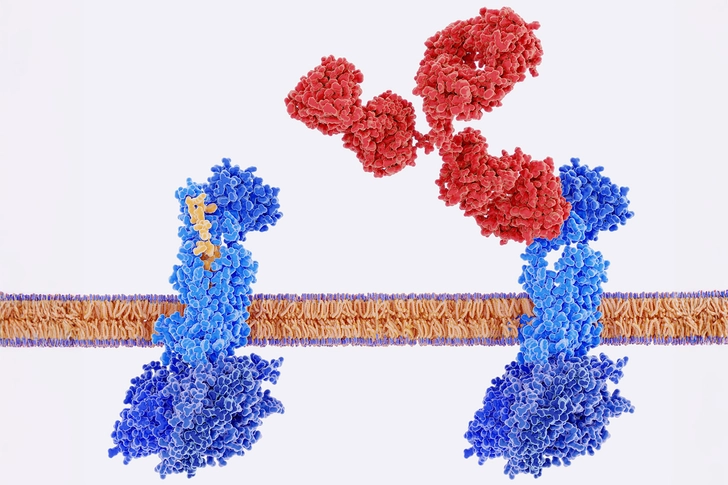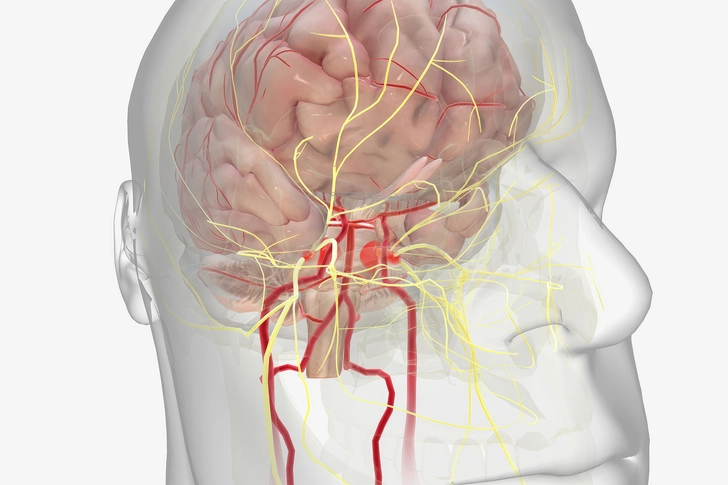- Headaches Overview
- Migraine
- Cluster & Tension Headaches
- Other Types of Headaches
- Appointment Prep
- View Full Guide
Understanding CGRP Inhibitors for Migraine


Understanding CGRP Inhibitors for Migraine
Treating symptoms is only part of the battle with migraine. Another critical goal is preventing them, which most over-the-counter drugs can't do. The FDA has approved calcitonin gene-related peptide (CGRP) inhibitors as the standard option for migraine prevention.

What Is CGRP?
CGRP is the acronym for calcitonin gene-related peptide. It causes the inflammation and pain that happens during a migraine. It makes headache pain worse and headaches last longer.

What Are CGRP Inhibitors?
CGRP inhibitors are drugs that block CGRP from binding to CGRP receptors, which is one of the key causes of migraine pain. Some treat migraine, while others prevent them from happening altogether.

Types of CGRP Treatments
There are two main types: preventative migraine treatment and acute migraine treatment. Preventative treatments can be administered by IV or injection, orally as a pill, or as a nasal spray. There are oral and nasal options for acute treatments that stop an attack once it begins.

What Are the Benefits?
CGRP inhibitors have been shown to work better and faster than conventional migraine medications. It often takes up to three months to figure out whether traditional migraine medications are working, but most people who take CGRP inhibitors to prevent or treat migraine see results in the first month.


Who Should Take CGRP Inhibitors?
CGRP inhibitors work on episodic and chronic migraines. CGRP inhibitors may be especially effective if you have a lot of side effects or don't get headache relief from conventional migraine medications.
PHOTO CREDENTIALS
Slide 1 - DC Studio/Shutterstock
Slide 2 - Juan Gaertner/Shutterstock
Slide 3 - Peakstock/Shutterstock
Slide 4 - AT Production/Shutterstock
Slide 5 - mangostock/Shutterstock
Slide 6 - Perfect Wave/Shutterstock
Slide 7 - aipicte/Shutterstock
SOURCES:
American Migraine Foundation.
FDA: "FDA approves novel preventive treatment for migraine."
Innovations in Clinical Neuroscience: "CGRP Inhibitors for Migraine."
American Headache Society.
The Journal of Headache and Pain: "Blocking CGRP in migraine patients -- a review of pros and cons."
Peptides: "Anti-CGRP and anti-CGRP receptor monoclonal antibodies as antimigraine agents. Potential differences in safety profile postulated on a pathophysiological basis."
Frontiers in Physiology: "The Role of Calcitonin Gene Related Peptide (CGRP) in Neurogenic Vasodilation and Its Cardioprotective Effects."
Migraine Australia.
The Journal of Headache and Face Pain: "Calcitonin Gene-Related Peptide (CGRP) and Migraine Current Understanding and State of Development."
The Lancet: "Efficacy and tolerability of erenumab in patients with episodic migraine in whom two-to-four previous preventive treatments were unsuccessful: a randomised, double-blind, placebo-controlled, phase 3b study."
International Journal of Neurology and Neuropathy: "Migraines and CGRP Monoclonal Antibodies: A Review of Cardiovascular Side Effects and Safety Profile."